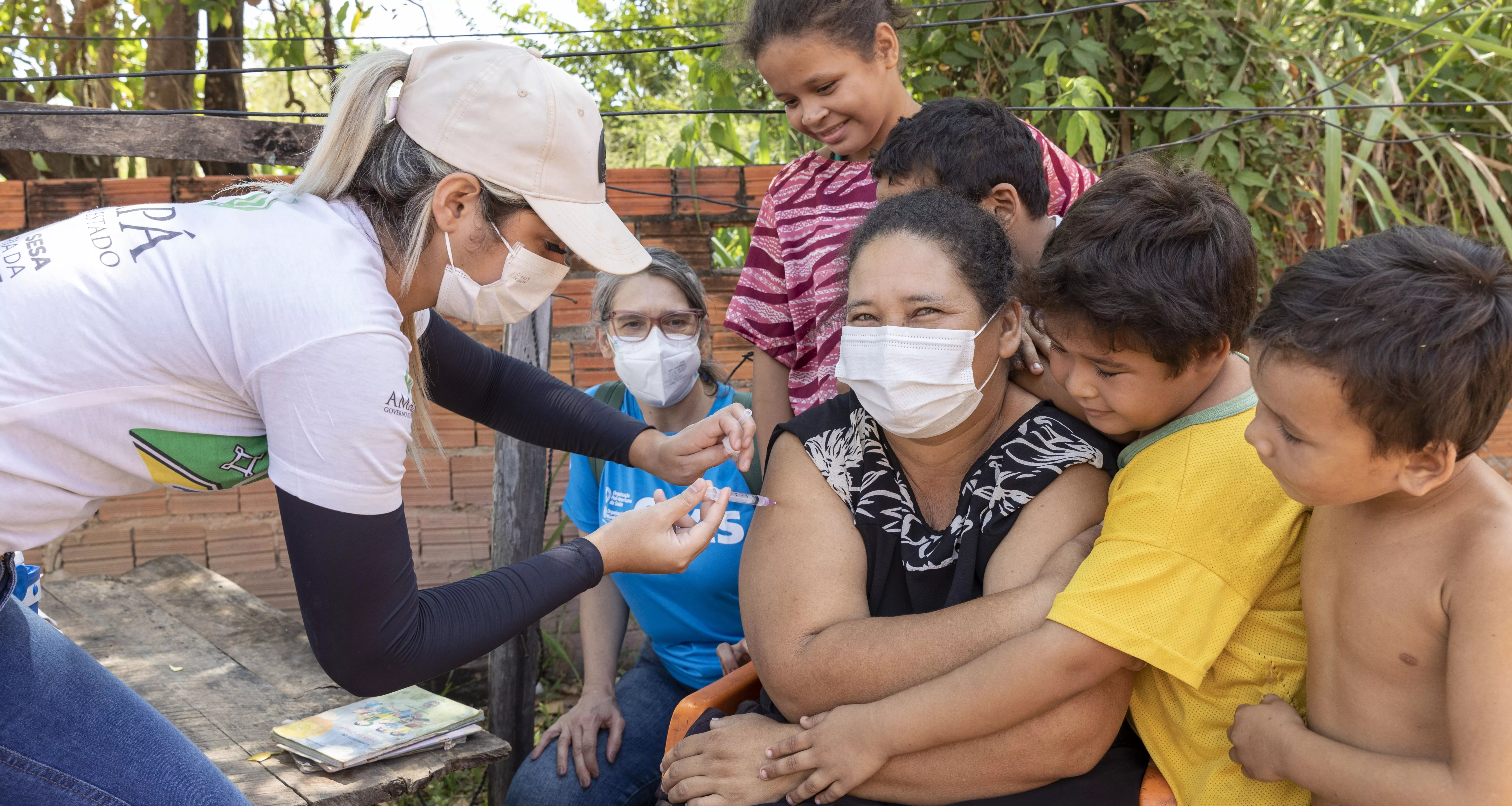Related Outputs and Indicators
OUTCOME
17. Elimination of communicable diseases
Communicable Diseases

Budget
Approved Budget PB (Previous)
26.3
US$ MILLION
Priority
Low
Proposed Budget PB (Current)
26.3
US$ MILLION